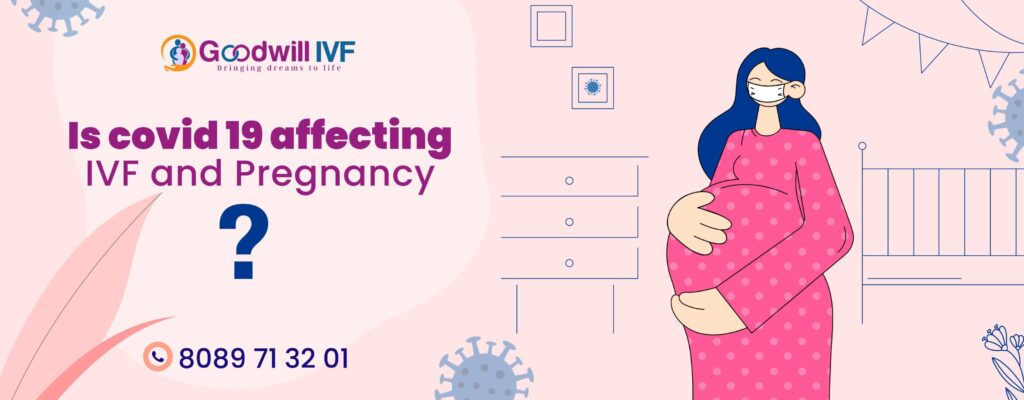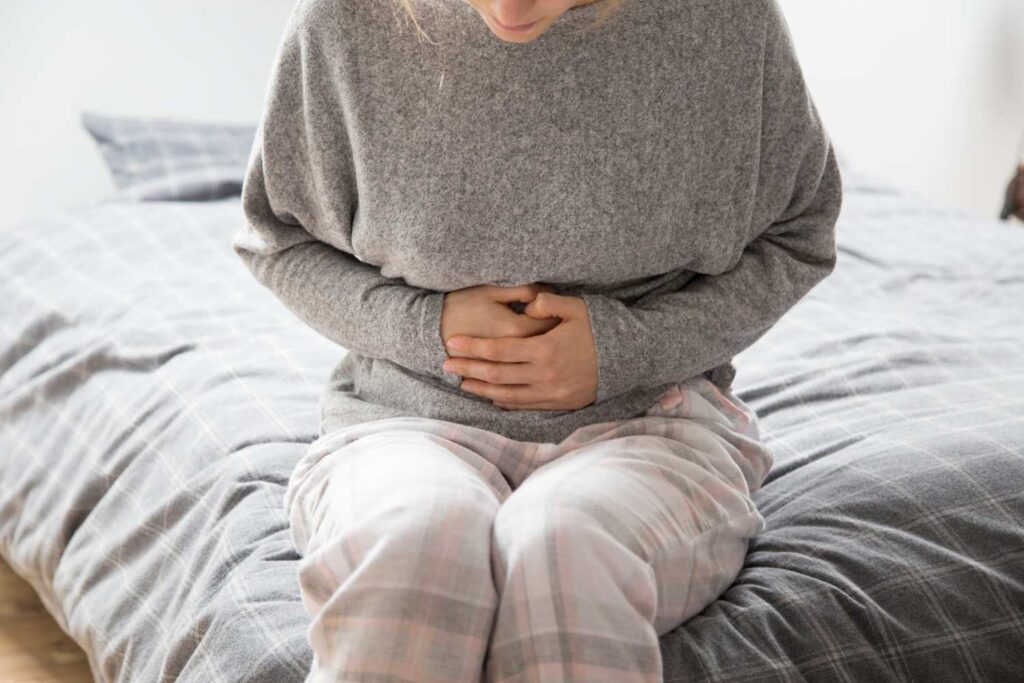What decides sperm health?
Sperm health relies upon different variables, including quantity, movement, and structure of sperm:
• Quantity:
You’re probably going to be fertile if you ejaculate; the semen released in a solitary discharge contains somewhere around 15 million sperm for every milliliter. Too little sperm in a discharge may make it harder to get pregnant in light of the fact that there are fewer sperm accessible to fertilize the egg.
• Movement:
To reach and fertilize an egg, sperm should move and swim through a lady’s cervix, uterus and fallopian tubes. This is known as sperm motility. If essentially 40% of your sperm are moving, then you’re most likely to be fertile.
• Structure (morphology):
Normal sperm have oval heads and long tails, which helps to propel them. While not as significant a variable as sperm quantity or movement, the more sperm you have with a normal shape and structure, the more probable you are to be fertile.
Male element infertility is the trouble of accomplishing pregnancy because of an issue connected with the male partner’s reproductive framework, and issues include:
• Oligospermia (low sperm count)
• Teratospermia (abnormal sperm shape)
• Asthenospermia (Reduced sperm motility)
So, what exactly is Sperm Motility?
Sperm motility is the capacity of sperm to move or swim effectively through the female partner’s conceptive framework to fertilize an egg. Two general sorts of sperm motility have been characterized:
1. Progressive Motility – Sperm will general move in straight lines or big circles.
2. Non-Progressive Motility – Sperm don’t move in straight lines, or they swim in tiny circles.
To effectively fertilize ovum, sperm should have progressive motility which permits them to move around 25 micrometers each second, through the cervical bodily fluid to reach and fertilize an egg. Asthenospermia or poor sperm motility is diagnosed when less than 32% of a sperm test shows progressive motility.
Diagnosis of Low Sperm Motility
Low sperm motility is diagnosed by assessing a sperm sample to decide how sperm move within the seminal fluid. After abstinence from sexual action for no less than two to seven days, a sample will be collected, mostly in a fertility center or a specialist’s OPD to ensure sample’s quality upon assessment. Factors other than an innate issue can influence sperm quality, for example, time that has elapsed since intercourse. Consequently, a subsequent sample will probably be gathered after a little while apart from the first to confirm a finding.
What Causes Low Sperm Motility?
At times, the reason for low sperm motility can be hard to pinpoint. Different times a few elements add to low motility. Anything which harms or places weight on the gonads can negatively affect sperm motility. A few normal causes include injury, infection, Testicular Cancer, Testicular Surgery, Undescended Testicles. Also, a condition known as Varicocele (amplified veins present in the scrotum) influences sperm quality. Likewise, smoking, the utilization of specific natural medications, marijuana, cocaine, sedatives, and the use of anabolic steroids negatively affects both sperm count and sperm motility.
How to Treat Low Sperm Motility?
Certain ways of life adjustments and changes can be made to support the development of healthy sperms. These include:
• Abstaining from smoking, alcohol consumption & steroid use.
• Keeping a sound weight, with a body mass index lower than 25
• Keeping an ideal temperature for sperm creation (94 degrees) with baggy clothing, standing up much of the time and taking breaks from hot environments.
If natural methods fail to give results, further treatment choices for pregnancy should be sought with the fertility specialized doctors. These include:
• Intrauterine Insemination (IUI) or Artificial Insemination – In this technique, semen with sperm are gathered. Then, at that point, the quickest moving sperm are inserted directly into the female partner’s uterus.
• In Vitro Fertilization (IVF) – Prior to an IVF technique, a lady gets drugs that support the development of eggs. These eggs are then extracted from the ovaries and fertilized in the ICSI machine utilizing the male partner’s sperm. A subsequent undeveloped embryo is then implanted into the uterus for growth and development.
• Sperm Donor – If pregnancy can’t be attained because of an untreatable male infertility factor, a sperm donation can be done in an IVF methodology procedure.
In case you and your partner are experiencing issues in conceiving even after unprotected intercourse for about one year, and are searching for the best male infertility treatment center in Kerala, we encourage you to fix an appointment with a specialist at Goodwill IVF Treatment Center. We can assist you with a highly experienced team of fertility experts and state of the art technology in your wonderful journey of parenthood.


